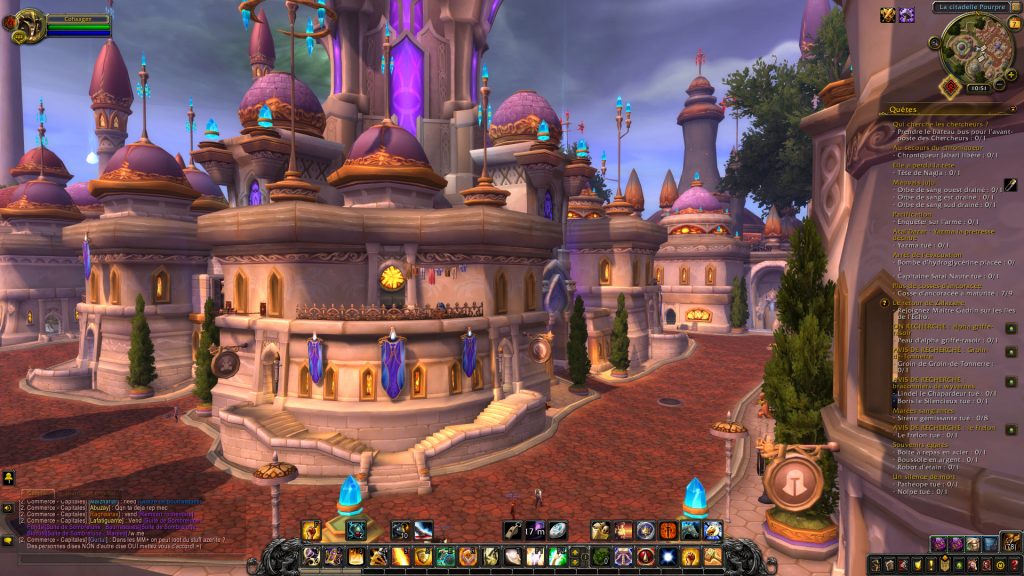Conclusion
With many years on the hump and despite several makeovers via patches and add-ons, the 3D engine of World of Warcraft suffers especially from the lack of multithreading optimizations. still.
A Strong CPU must be
Therefore, the game requires a powerful processor. Not because WoW is so CPU-intensive, but because it mainly uses only one core! Therefore, a model with four cores is more than sufficient, provided it runs at a high clock speed. In this specific track, preferably with disable SMT (or hyper-threading), the high clock will improve frametime performance and overall stability. If you use a dual-core processor, SMT is mandatory.
DirectX 12 and graphical options
The new DirectX 12 API, which is available in World of Warcraft, also complicates matters a little: If you want the highest possible refresh rate, it's best to stick to DirectX 11, especially with a GeForce GPU. If you prefer a stable frame time, you better switch to DirectX 12!
But beware when switching to DX12! Always keep nice in mind that the game needs twice as much video memory as under DirectX 11! This API seems to benefit mainly entry-level graphics cards, but only if they have at least 4GB of VRAM!
Finally, it should be noted that GeForce GPUs perform significantly better overall in this game than Radeon cards. On the other hand, according to our findings, the addition of HBAO+ is completely negligible. Also note that we can limit the environment details to level 9 instead of 10. This results in more FPS in more detailed scenes without significantly compromising the graphics quality.
































Kommentieren